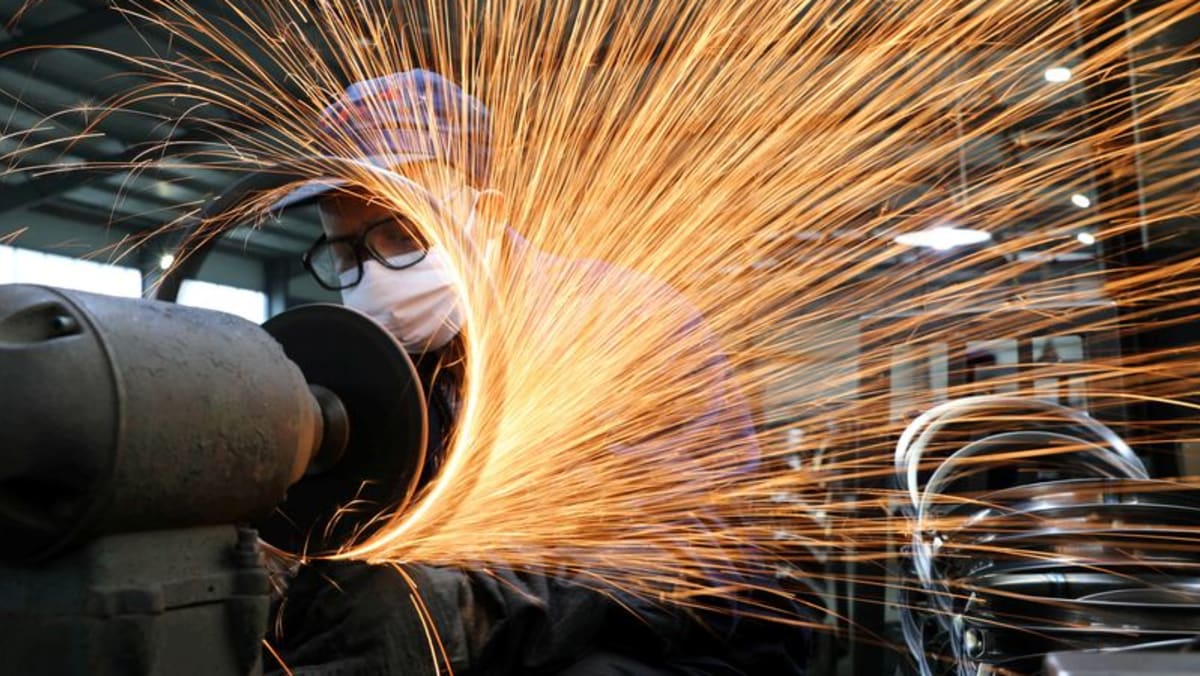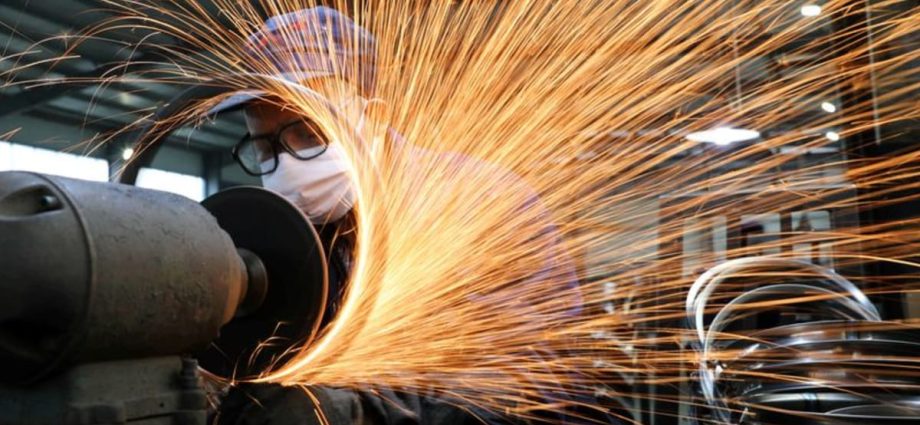
BEIJING: China’s April industrial output and retail sales growth undershot forecasts, suggesting the economy lost further momentum at the start of the second quarter and adding to the raft of recent data highlighting a wobbly post-COVID recovery.
China’s industrial output grew 5.6 per cent in April from a year earlier, accelerating from the 3.9 per cent pace seen in March, data released by the National Bureau of Statistics (NBS) showed on Tuesday (May 16). It was well below expectations for a 10.9 per cent increase in a Reuters poll of analysts although it marked the quickest growth since September 2022.
Retail sales jumped 18.4 per cent, speeding up sharply from a 10.6 per cent increase in March for their fastest increase since March 2021. Analysts had expected retail sales to grow 21.0 per cent.
The year-on-year figures were heavily skewed by declines last April when the financial hub of Shanghai and other major cities were under stringent anti-virus lockdowns and curbs, which severely impacted growth in the world’s second-largest economy in 2022.
Indeed, other data over the past week showing shrinking imports in April, deepening factory gate deflation and worse-than-expected bank loans signalled weak domestic demand, raising pressures on policymakers to shore up the economic recovery as global growth falters.
China’s central bank kept the interest rate unchanged on Monday as expected, but markets are betting on more monetary easing in the coming months.
On top of fragile domestic and global demand conditions, Chinese policymakers have to contend with headwinds from recent Western bank failures, high global borrowing costs and the Ukraine war. High domestic debt and a still-shaky property market also remain concerns.
The data also showed fixed asset investment expanded 4.7 per cent in the first four months of 2023 from the same period a year earlier, versus expectations for a 5.5 per cent rise. It grew 5.1 per cent in the January-March period.
The property sector remained fragile, with investment in the industry down 6.2 per cent in January-April after declining 5.8 per cent in the first three months.
Hiring was still low among companies wary about their finances. The nationwide survey-based jobless rate stayed at 5.2 per cent in April, down slightly from 5.3 per cent in March. But the youth jobless rate hit a record high at 20.4 per cent, up from 19.6 per cent in March.

